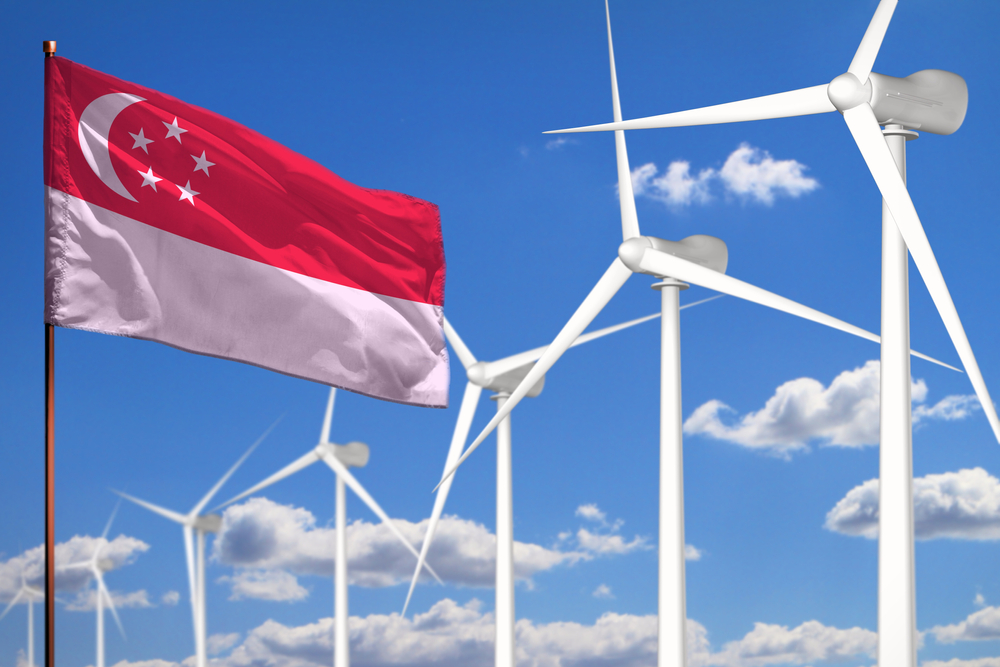
Researchers at the Nanyang Technological University in Singapore (NTU Singapore) have developed a wind harvester – a low-cost device that can harness energy from the lightest of breezes and store it as electricity.
The wind harvester can produce three volts and generate electricity of up to 290 microwatts when exposed to winds with a velocity as low as two meters per second (m/s). Laboratory tests found that it is capable of powering 40 LEDs consistently at a wind speed of 4 m/s. The device measures only 15cm by 20cm, allowing it to easily be mounted on the sides of buildings. The researchers state that this makes it ideal for urban environments, where average wind speeds are often less than 2.5 m/s.
The body of the wind harvester is made of fiber epoxy – a highly durable polymer – along with other inexpensive materials, such as copper, aluminum foil, and Teflon. The harvester begins to vibrate when exposed to wind flow, causing its plate to approach and depart from the stopper. This causes charges to be formed on the film, and an electrical current is formed as they flow from the aluminum foil to the copper film.
The researchers state that their invention has the potential to replace the batteries used to power LED lights and structural health monitoring sensors, which are used to assess the structural health of buildings and bridges.
“As a renewable and clean energy source, wind power generation has attracted extensive research attention,” said Professor Yang Yaowen, the project leader. “Our research aims to tackle the lack of a small-scale energy harvester for more targeted functions, such as to power smaller sensors and electronic devices. The device we developed also serves as a potential alternative to smaller lithium-ion batteries, as our wind harvester is self-sufficient and would only require occasional maintenance, and does not use heavy metals, which, if not disposed of properly, could cause environmental problems.”
